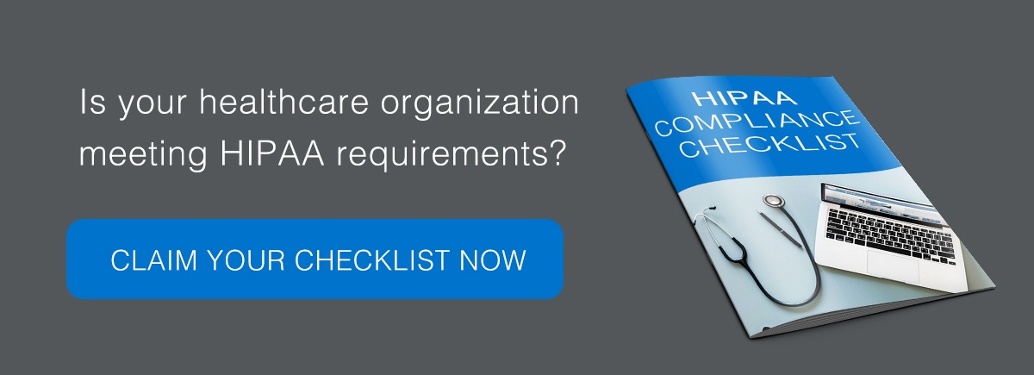In 2017 alone there were more than 330 data breaches in the US medical and healthcare sector, which exposed 4.93 million patient records.
What’s more, data breaches in the healthcare sector are among the most costly with the average breach costing $408 per stolen record. In comparison, the global average of other industries across the world is $148 per record. The medical and healthcare industry in the United States is particularly vulnerable to data breaches. Here are a few reasons why:
- Healthcare organizations store a high volume of patient records with valuable and private data
- A lack of mobile security protocols with the BYOD (Bring Your Own Device) trend makes it easier for hackers to breach a network.
- IoT medical devices and other popular technologies in the healthcare industry like multi-cloud IaaS or SaaS environments provide cybercriminals with more opportunities to hack into a network.
- The healthcare industry is one of the lowest performing industries when it comes to endpoint security, and the sector as a whole ranks poorly in terms of cybersecurity strength compared to other major industries, making it an easier target for cybercriminals.
Chances are you don’t want to spend $50,000 or more in fines for a HIPAA violation, so it’s more critical than ever for you and your healthcare organization to implement the required cybersecurity protocols to ensure you’re protecting sensitive patient data from cybercriminals and hacks.
Here’s how you can improve your IT security and make sure you’re implementing healthcare security best practices.
1. Ensure All Employees are Properly Trained
One of the best ways to prevent the risk of data breaches is to make sure all employees and contractors receive the training they need to meet HIPAA requirements and keep data safe.
A proper employee training program will include factors such as:
- Disaster Response
- Fire Response (RACE) and Prevention
- Workplace Violence Prevention and Response
- VIP Security Control
- EMTALA (Emergency Medical Treatment and Labor Act)
- Command Center Operations
- HIPAA Controls and Compliance
- Training on The Joint Commission and other Accrediting Bodies
- Crime Prevention
- Safety Compliance
What’s more, your training program should go beyond initial training to provide frequent updates to your employees so they can stay on top of the latest trends and threats.
2. Prioritize Real-Time Evaluation and Response
Want to save your organization thousands of dollars every year? A study by Ponemon Institute discovered that IT teams wasted 425 hours per week trying to solve false negatives and false positives. Healthcare organizations saved an average of $2.1 million yearly by implementing a system where IT teams were able to evaluate security posture in real time, patch all devices for known vulnerabilities, and proactively address emerging threats with data controls and/or patch distribution. This also increases your chances of preventing the risk of an expensive cyber-attack.
3. Leverage the Power of Automation
Since many healthcare organizations are decentralized, it can be more difficult to coordinate software patching and updates. To make sure software updates are fast but thorough, leverage the power of automation where possible to eliminate any vulnerabilities a cybercriminal might exploit.
4. Restrict Access When Needed
Even though employee training is critical, ensuring that your employees can only access sensitive or critical data on a need-to-know basis is another healthcare security best practice.
All data should be stored in a centralized location that is protected by a role-based access control system. Those with access should only see what they need to do their jobs and once the information is no longer required access should be removed automatically.
Moreover, technologies should be implemented to track and analyze data access as a way to spot suspicious activities.
5. Have a Disaster Recovery Plan in Place
To comply with HIPAA Security, you must have a disaster recovery plan in place and ways to recover and maintain ePHI (electronic Protected Health Information) in case of an emergency. That means you should be backing up all files regularly so data restoration can be quick and easy. A good rule of thumb is to back up your data both locally and remotely (ex: on a recovery disc as well as on a cloud-based server) and you should aim to store all backed-up information away from the main system whenever possible.
6. Encrypt All Data
Data encryption makes sensitive information unreadable, which makes it much harder for cybercriminals to gain access to that data even if a network is hacked or a mobile device is missing or stolen.
It’s also important to make sure that all data is encrypted not only when it is at rest (being stored) but also when it is in motion (ex: sending an email). This way sensitive information is protected at all times.
Since the healthcare industry is one of the most frequent targets for cybercriminals and one of the most expensive when it comes to addressing a data breach, it’s vital to implement these healthcare security best practices and stay on top of the latest trends in IT security. Help your organization avoid the risk of data breaches and costly fines and give yourself peace of mind knowing that all HIPAA requirements are being met and your patients can trust their sensitive information in your hands.
Following these tips will help keep your healthcare company safe and reduce the risk of expensive cybersecurity threats.







.png)


